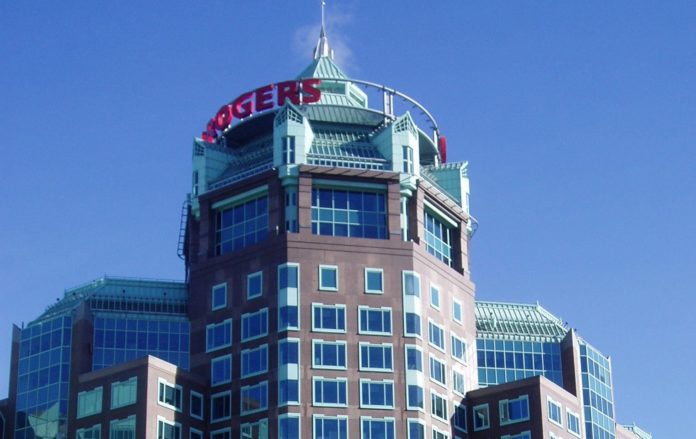Millions of consumers and many businesses were left without voice or Internet services on Friday and into Saturday following an outage at the nation’s biggest mobile operator.
Canadian telco Rogers Communications suffered a major outage Friday that hobbled Internet, mobile, and even emergency services for millions of customers throughout the country. The company was able to restore service for most of its customers on Saturday, a day after the issues began.
Rogers President and CEO Tony Staffieri acknowledged the issues in a Saturday blog post. A maintenance update to Rogers’ core network caused some of its routers to malfunction early on Friday, he said. While Staffieri offered some details about what Rogers was doing to recover, neither he nor the company have yet specified what actually caused the outage which crippled communications for millions throughout Canada.
“We disconnected the specific equipment and redirected traffic, which allowed our network and services to come back online over time as we managed traffic volumes returning to normal levels,” said Staffieri, who claimed that services were “pretty close to 100 percent” by Saturday afternoon.
The network outage disrupted customers’ ability to make calls and use Internet services and extended well beyond Rogers’ mobile customers – landlines were also affected. The Rogers network outage didn’t just disrupt consumers, either, with businesses and essential services which rely on Rogers’ network disrupted as well. The Rogers outage affected banks, passport offices, Canada’s Interac funds transfer service, even calls to emergency services via 911.
Rogers operates the largest national mobile network in Canada, with over 11 million subscribers. Bell Mobility and Telus Mobility rank close behind. The country also has smaller regional telcos, but none with a nationwide reach. Canadian consumer advocates have for years advocated for the creation of a fourth national wireless carrier, a move they say will push down Canada’s infamously high mobile services pricing, improve innovation and bolster service reliability.
A bad time for Rogers service disruption
Those advocates moved a step closer to their wish last month. Rogers and broadband service provider Shaw Communications, currently negotiating a merger, offered to sell Shaw’s Freedom Mobile subsidiary to Quebecor, a move the companies said would, in fact, create a fourth viable Canadian national mobile operator. That deal with Quebecor, and the Rogers/Shaw acquisition, remain under heavy scrutiny by the Canadian government more than a year after first being announced.
Rogers and Shaw first announced their planned union in March 2021. The deal’s passed muster with the companies’ respective shareholders and Canada’s Radio-television and Telecommunications Commission. But Canada’s Competition Bureau still says no, citing the deal’s possible anticompetitive effects. The proposed Freedom Mobile spinoff to Quebecor isn’t sufficient, said the government. With negotiations well into their second year, both Rogers and Shaw vow to continue to work towards an equitable resolution.
After this most recent outage, critics once again reiterated their desire to see more competition for Canadian telecom. At the very least, and for now, Rogers customers will be credited for the outage, Staffieri said. He outlined a three-pronged plan to manage the crisis, starting with full-service restoration, complete root cause analysis and testing, and further changes to the network to improve stability and increase redundancy.
The July outage is Rogers’ second major outage event in barely more than a year, and seemed to have a greater impact on services this time around. In April 2021, the company experienced a service interruption that lasted nearly an entire day. Rogers later attributed the outage to a problem associated with an Ericsson software update.

